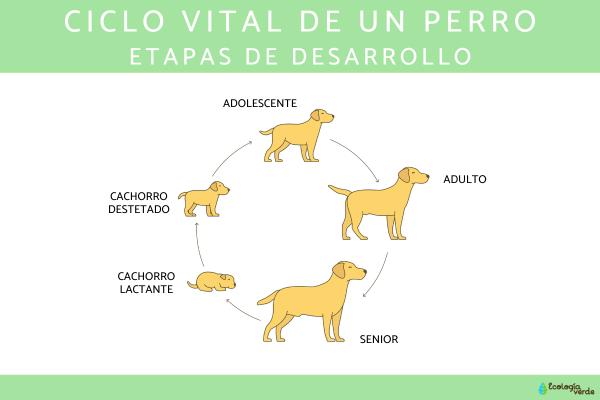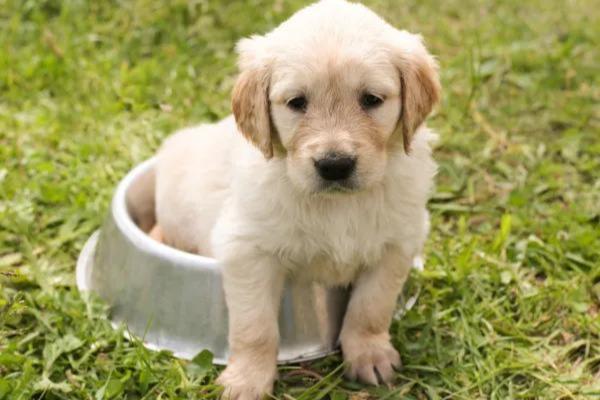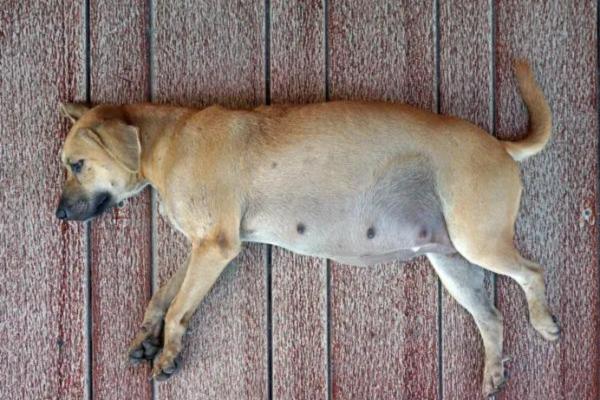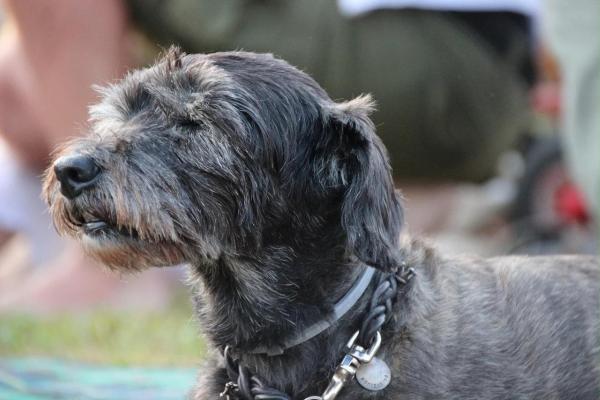Modern dogs (Canis lupus familiaris) share every stage of their lives with people, and domestication has shaped each phase in unique ways. Canine development is commonly divided into five major stages, each marked by distinctive physical, behavioral, and care requirements.
| Stage | Typical Age Range* | Development Highlights | Key Care Focus |
|---|---|---|---|
| 1. Nursing Puppy | Birth – ≈ 8 weeks | Eyes/ears closed at first, total dependence on dam’s milk and body heat | Warmth, uninterrupted nursing, zero early separation |
| 2. Weaned Puppy | 8 weeks – ≈ 18 months | Teething, explosive learning, social play | Balanced puppy diet, safe chew toys, socialisation training |
| 3. Adolescence | ≈ 6 – 18 months† | Sexual hormones surge, growth plates closing | Behaviour shaping, spay/neuter or breeding plan |
| 4. Adulthood | ≈ 2 – 5 years | Peak strength and fertility, adult coat | Regular exercise, dental care, preventive veterinary checks |
| 5. Senior | 7+ years (giants: ≈ 5+) | Metabolic slowdown, possible chronic ailments | Joint support, modified diet, geriatric screenings |
*Ranges vary by breed size; toy breeds mature earliest, giant breeds latest.
†Small breeds can enter adolescence as early as six months; giant breeds may not finish until 18 months.

Physiology
Eyes and ear canals open around days 10–14.
Poor thermoregulation; littermates and dam provide essential warmth.
Dam’s Role
Provides colostrum rich in antibodies.
Stimulates elimination by licking pups.
Best-practice Care
Whelping box temperature 28–32 °C with 60–70 % humidity.
No sale, adoption, or re-homing before eight weeks; early separation suppresses immunity and fosters anxiety.
Duration ≈ 60 days (some breeds up to 12 weeks).

Keywords: teething, exploration, socialisation
Gradual shift from milk to high-quality puppy kibble or wet food.
Feed 4–5 meals per day initially; reduce to 3 meals by six months.
“Socialisation window” peaks before 12 weeks—pups must encounter varied people, dogs, surfaces, sounds.
Play teaches bite inhibition, problem-solving, and safe risk-taking.
Provide chew toys and safe household objects to curb gum itch and destructive chewing.
Core vaccinations (distemper, adenovirus, parvo, ± lepto) and rabies as local law dictates.
Regular de-worming and parasite checks.

Sexual Maturation
Females: first estrus 6–12 months small breeds; up to 14 months giant breeds. Heat lasts ~9 days.
Males: no cyclic heat; show breeding interest whenever a bitch is in estrus.
Typical Challenges
Marking, roaming urges, mounting, selective deafness, increased guarding.
Management Tips
Consistent reward-based training; reinforce recall and impulse control.
Consider spay/neuter once skeletal growth is nearly complete, or develop a responsible breeding plan.

Puppy “fluff” replaced by lustrous adult coat.
Head, chest, and body reach full breed standard size.
Females achieve full fertility after two or three heat cycles.
Average gestation: 63 ± 3 days; litter size varies (1–10+ depending on breed).
Structured activities: agility, flyball, scent work, or hiking maintain ideal body condition.
Daily dental hygiene or VOHC-approved chews prevent periodontal disease.
Annual vet exam: CBC, biochemistry, heart and joint assessment.

Signs of aging: grey muzzle, slower gait, longer sleep, appetite shifts.
Osteoarthritis, hip/elbow dysplasia flare-ups
Dental disease, cataracts, diminished hearing
Endocrine or metabolic disorders (kidney insufficiency, hypothyroidism)
Elevated cancer risk
Diet: moderate protein, controlled phosphorus, boosted omega-3, glucosamine/chondroitin as advised.
Home modifications: non-slip flooring, ramps, orthopedic bedding.
Mental stimulation: gentle sniff walks, puzzle feeders, short training refreshers to delay cognitive decline.
Veterinary: semi-annual geriatric panels, pain-management review, quality-of-life monitoring (HHHHHMM scale).
Open dialogue with veterinary team on palliative care and humane options when good-day/bad-day ratio tips unfavourably.

A dog’s journey spans exuberant learning, vibrant adulthood, and a dignified senior phase. By recognising the distinct physical and emotional needs at each milestone, guardians can provide optimal nutrition, healthcare, and enrichment—ensuring their canine companions enjoy a healthy, fulfilling life from whelp to well-loved elder.
Bibliography
Encyclopaedia Britannica (n.d.). Dog reproduction. Available at: https://www.britannica.com/animal/dog/Senses#ref15467
University of Buenos Aires. (2008). Canine estrous cycle. Available at: http://dpd.fvet.uba.ar/cartelera/00007128.pdf
animal tags: Dog
We created this article in conjunction with AI technology, then made sure it was fact-checked and edited by a Animals Top editor.